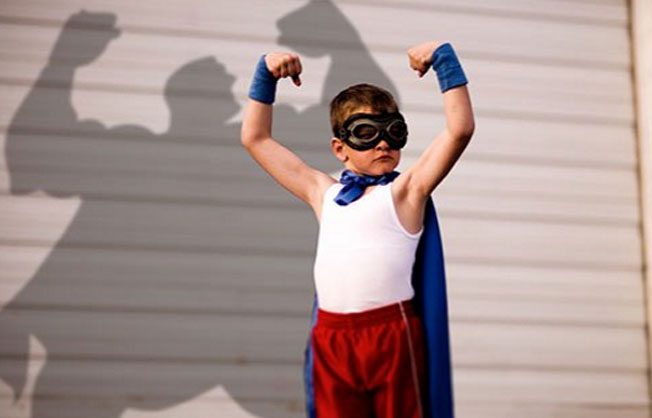This behavior is a special kind of egocentric thinking specifically observed in the teenage years, first proposed by David Elkind (1967).
Invincibility is a phase of development during adolescence that has been associated with risky behavior. It leads teenagers to have feelings such as;
- All experiences are unique, nothing happens to anyone else like it does to me.
- My experiences/feelings are special, no one can understand what I go through.
- Nothing bad will happen to me, accidents only happen to others.
Advantages\Disadvantages:
Adolescents take risks to test and define themselves. Risk-taking is beneficial in regards to physical, intellectual, emotional and social development. It leads to learning new skills which prepares them for future challenges. On the other hand, it can also be harmful for their health.
Example:
“Jim is speeding down a freeway under the influence of alcohol”. Here, the invincibility fable is perfectly demonstrated. Fear, as we all know, is supposed to prevent teenagers from engaging in risky behavior – but teenagers find this hard to believe. In this case, Jim is not experiencing fear; if they don’t get scared, then they won’t listen which leads to engaging in such behaviors. Other examples are sexual risks (unprotected sex), shoplifting, fighting, alcohol or drug abuse.
Conclusion:
To overcome this fable, a very influential tool that parents can use to guide their decisions are their peers, because social factors strongly influence teen behavior. With this, parents can use the gap between reality and egocentric thinking by using experiences of friends. This allows the teenager to explore the idea of perspective thinking, to see a different view of the situation.
Aidyl is a 2nd year Undergraduate Student in Psychology from Ireland. She is an intern at Willingness Clinic, has a background in Nursing Studies and is currently a Student Ambassador for Psychology in her University.

